Description
ABB PFEA113-65 (3BSE028144R0065) – Tension/Force Measurement Electronics for Pressductor Load Cells
The ABB PFEA113-65 is part of ABB’s proven force and tension measurement electronics, typically used with Pressductor load cells in web handling and rolling applications. From my experience, this unit is favored in unwind/rewind stands, coaters, slitters, and metal strip processing where stable tension control really decides product quality.
You might notice that the “-65” build code (material no. 3BSE028144R0065) denotes a defined hardware/firmware variant, helping maintenance teams replace like-for-like without reengineering the line.
Order Placement Process and Guarantees
- Warranty: 365 days
- Delivery: 1 week if in stock; no more than one month at the latest
- Payment: 50% advance payment; full payment prior to delivery
- Express options: FedEx, UPS, DHL
Key Features
- Optimized for Pressductor load cells – Provides stable, repeatable tension signals from strain-gauge (mV/V) sensors, typically used on unwind/rewind sections.
- Dual-channel capability – In many cases supports two load cells (left/right), with summation and balancing for accurate web tension.
- Industrial analog outputs – 0/4–20 mA and ±10 V outputs (variant dependent) for direct drive/brake control or PLC feedback.
- Fast response and filtering – Typical dynamic filtering helps reject mechanical vibration while keeping control response tight.
- Digital I/O for control functions – Inputs for zero/tare and status; relay/digital outputs for alarms or interlocks (depends on configuration).
- Fieldbus-ready – Commonly available with RS-485 (Modbus RTU); certain variants support Profibus-DP for quick PLC integration.
- 24 VDC powered – Low-power DIN-rail solution that fits easily into existing control cabinets.
- Service-friendly setup – Typically offers straightforward calibration, zeroing, and scaling in the field; maintenance teams appreciate the predictable behavior.
Technical Specifications
| Brand / Model | ABB PFEA113-65 (Material no. 3BSE028144R0065) |
| HS Code | 9032.89 (Other automatic regulating or controlling instruments) |
| Power Requirements | 24 VDC nominal (±10%); typically up to ~10 W |
| Signal Inputs | Strain-gauge load cell inputs (mV/V), often 1–2 channels for Pressductor sensors |
| Signal Outputs | Analog: 0/4–20 mA and/or ±10 V (variant dependent); digital/relay outputs for alarms/status |
| Communication Interfaces | RS-485 (Modbus RTU); service port (often RS-232). Certain builds may support Profibus-DP. |
| Operating Temperature | Typically 0 to +55°C (non-condensing environment) |
| Installation Method | DIN-rail mounting (EN 60715) inside industrial control cabinet |
| Dimensions & Weight | Compact DIN-rail enclosure; approximate weight ~0.4 kg |
Notes: Interface and I/O details may vary by variant. The above reflects common characteristics for PFEA113 units used with Pressductor load cells.
Application Fields
- Paper & Film Converting: Unwind/rewind stands, slitters, laminators, coaters requiring tight web tension.
- Metals Processing: Strip lines, annealing, galvanizing and foil rolling where tension uniformity reduces defects.
- Textiles & Nonwovens: Consistent fabric handling during dyeing, coating, or calendaring.
- Printing & Packaging: Register-critical processes where tension stability improves print quality and waste ratios.
Advantages & Value
- Reliability that operators trust – One thing I appreciate is how these units hold calibration over time, even with temperature swings.
- Drop-in compatibility – The -65 variant helps maintenance teams replace without PLC rework in many cases.
- Clean integration – Standard analog signals and Modbus/Profibus options make PLC and drive tie-in straightforward.
- Lower lifecycle cost – Stable electronics reduce scrap from tension drift and cut unscheduled stops.
- Global support – ABB’s ecosystem of Pressductor load cells and application notes shortens commissioning time.
Installation & Maintenance
- Cabinet & wiring – Mount on DIN-rail inside a ventilated cabinet; keep sensor cables shielded and routed away from VFD power cables. Use a clean 24 VDC supply with proper grounding.
- Environment – Operate in a dry, non-condensing area; typical ambient 0–55°C. Allow space around the unit for airflow.
- Signal setup – Perform zero/tare with the web slack; scale using known load or line references. Many teams log baseline values after start-up.
- Routine care – Check terminal tightness quarterly, verify analog scaling, and review alarm logs. Firmware updates (when available for the variant) should be scheduled during planned downtime.
- EMC best practices – Bond shields at a single point, use twisted pairs for load cells, and separate low-level signals from motor leads to avoid noise.
Quality & Certifications
- Compliance: CE; RoHS; UL/CSA where applicable for the specific variant
- Manufacturing: Produced under ISO 9001 quality systems
- Warranty: 365 days from shipment
Field feedback: A packaging customer swapped an older tension controller for PFEA113-65 during a brief shutdown. They kept the original Pressductor load cells, mapped the 4–20 mA output to the brake drive, and were back in production in under two hours. The maintenance note said scrap on delicate film fell noticeably, mostly due to steadier unwind tension.

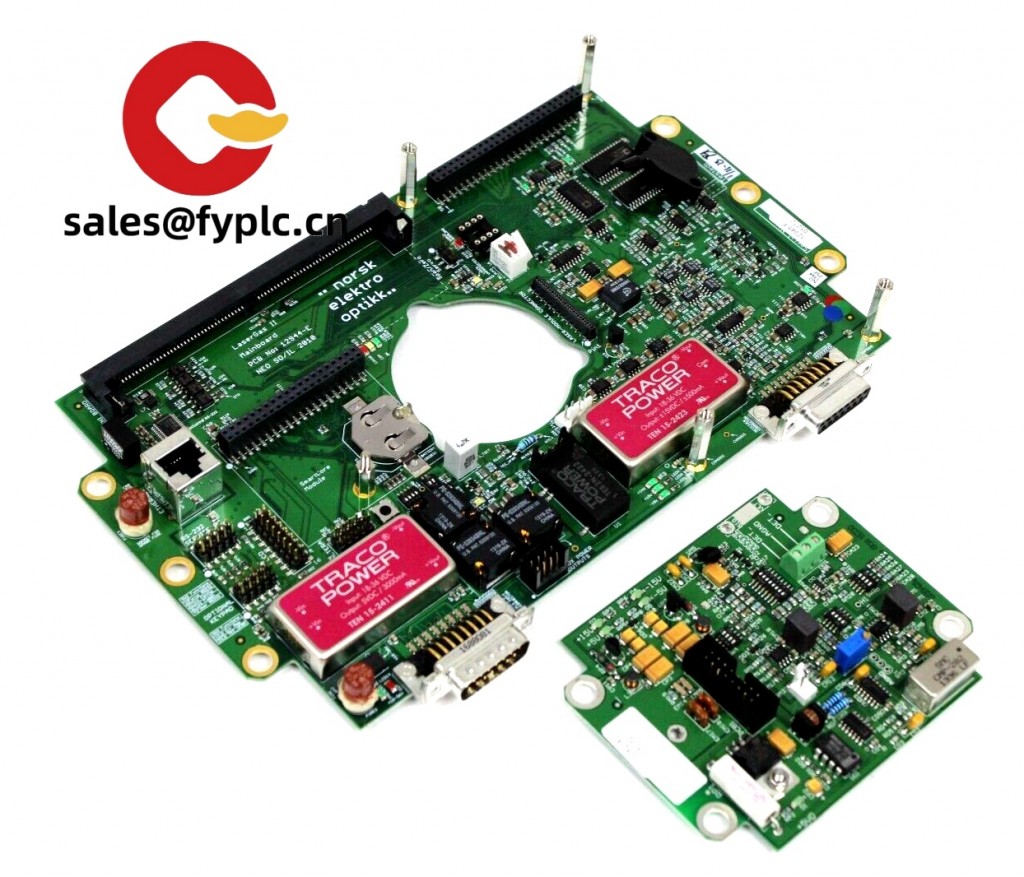
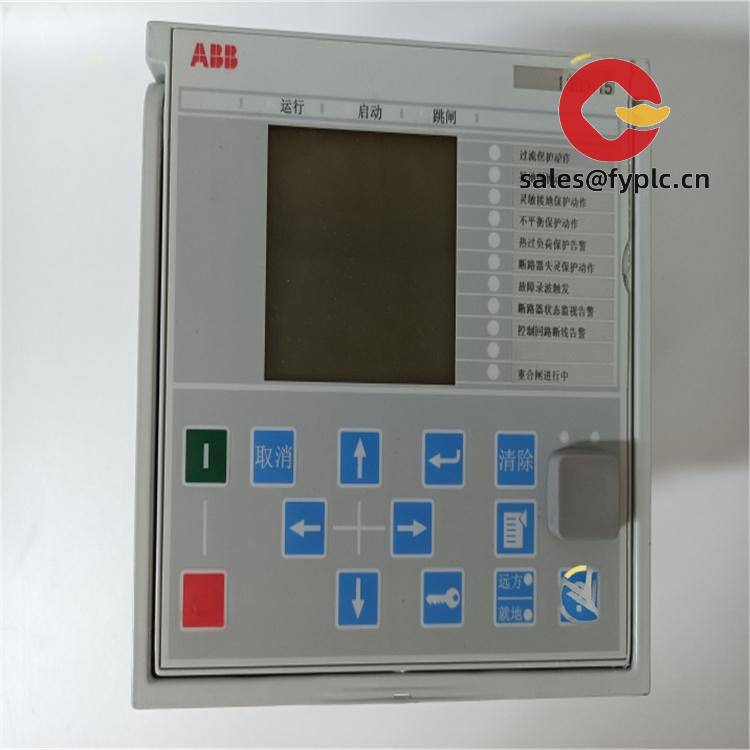
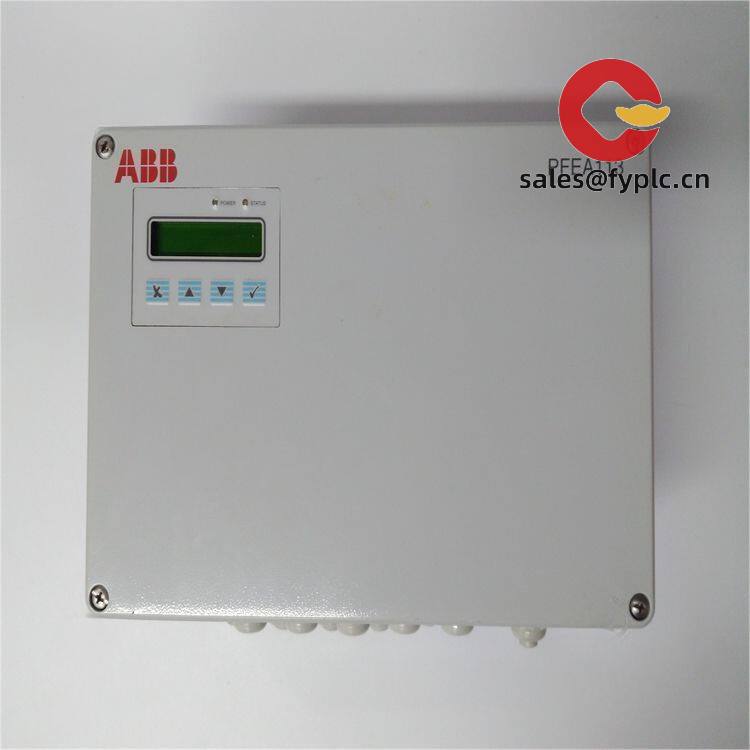


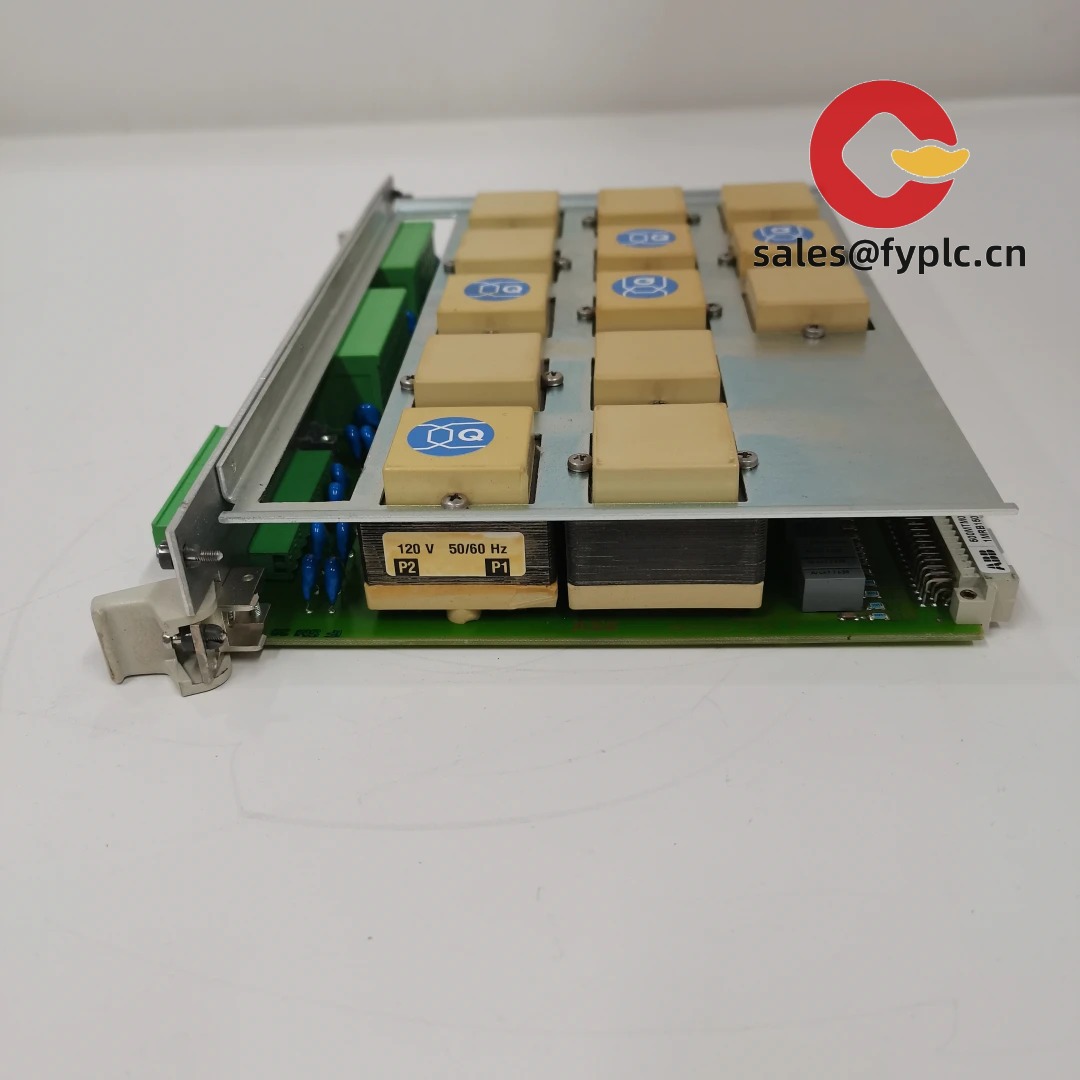

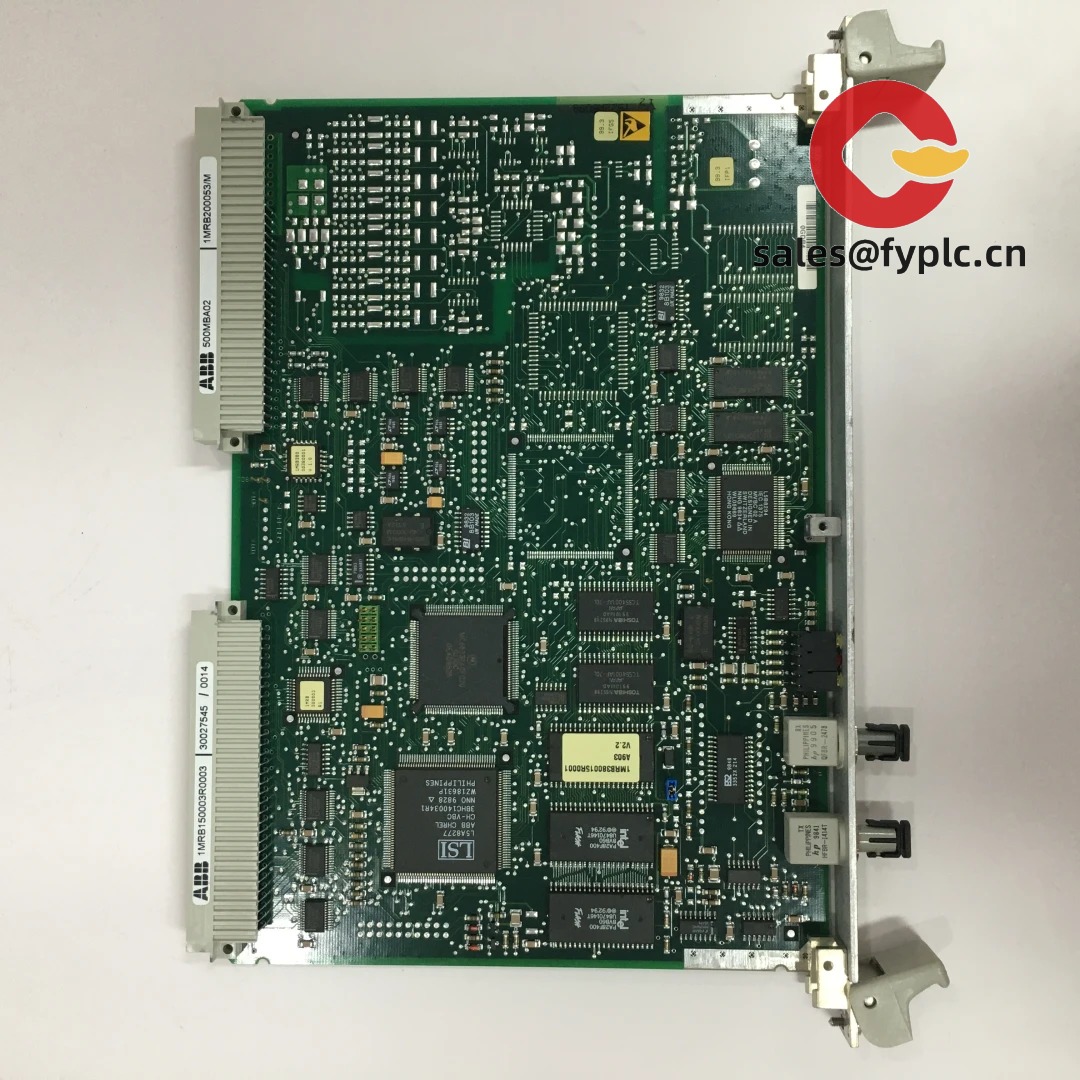
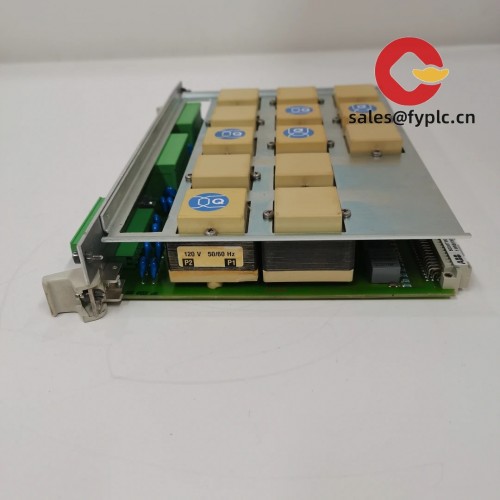
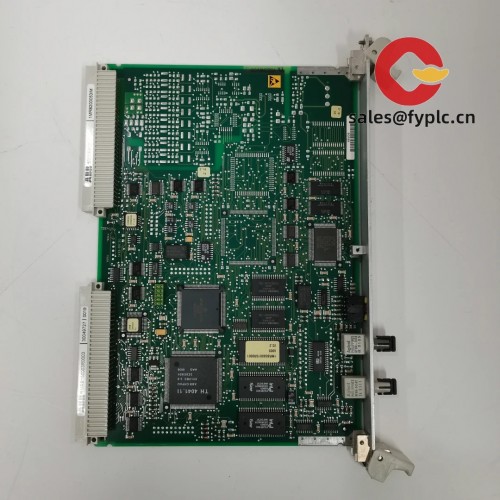
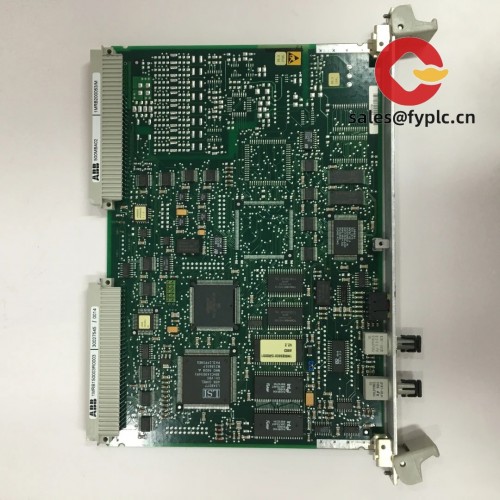
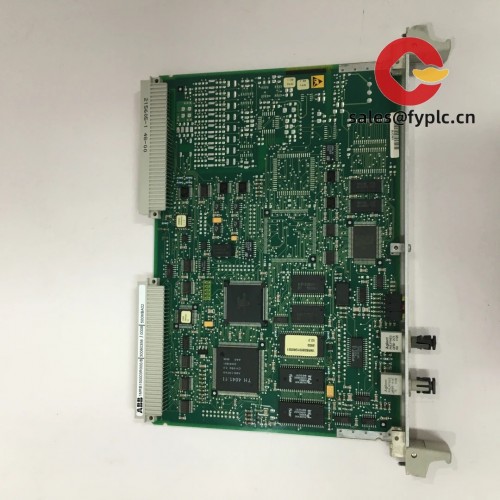
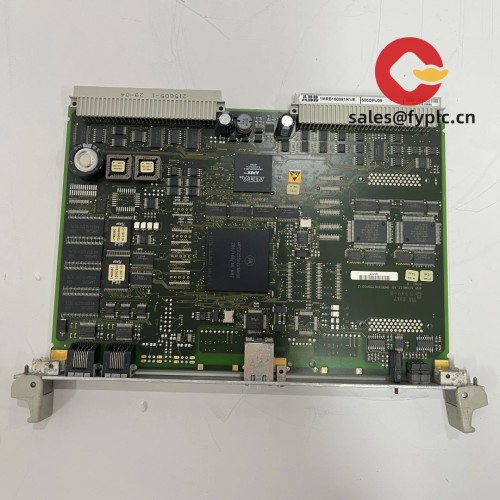


Reviews
There are no reviews yet.